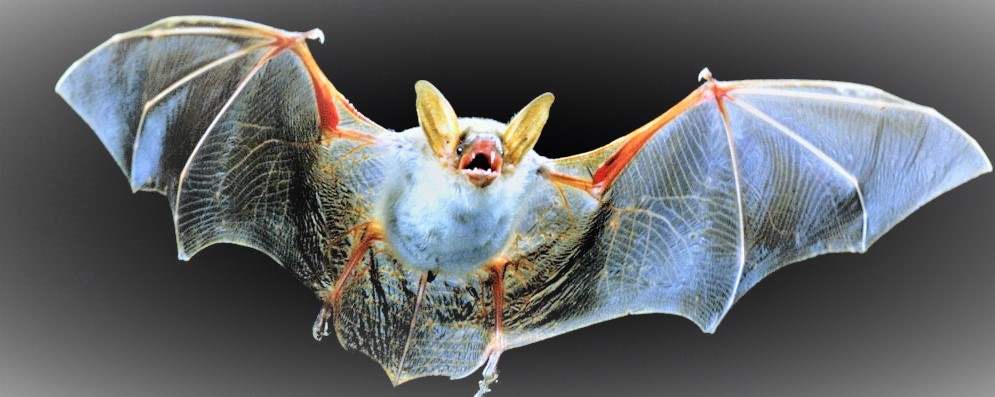The California Department of Fish and Wildlife does not allow the relocation of wild animals; therefore, the Department does not pick up wild animals unless they are sick or injured and require medical attention. Should you encounter a sick or injured wild animal, do not approach or handle the animal. Please contact us immediately.
Los Angeles County Code §10.84.010 states that it is unlawful to feed a non – domesticated rodent or non – domesticated mammalian predator as defined in this section, unless:
For the purposes of this chapter, “rodent” includes ground squirrels, and “mammalian predators” include coyotes, raccoons, foxes, and opossums. A violation of this section is a misdemeanor.
Select an animal below for additional information about coexisting with the wildlife in your area.

Prevent Wild Animals from Foraging for Food in my Yard
Skunks, raccoons, opossums, (and in some cases bears) are nocturnal or nighttime active animals and are often attracted to residential areas by the availability of food, water, and shelter. Removing or eliminating the availability of these elements will often encourage these animals to leave.
Remove unused pet food and water bowls at night.
Keep tight fitting lids on garbage cans or store garbage inside a secure area. Do not store trash in trash bags outdoors.
Gardens should be harvested frequently and windfall fruit picked up.
Keep pet access doors locked in the evening.
Seal up entry holes in and under buildings, eaves, air ducts, and decks. Slotted metal vent covers are preferable to screen wire in keeping wild animals from entering houses through foundation vents. Backyard decks have proven to be extremely attractive shelters for wild animals. Smaller animals may be excluded by using 1/4″ grid screening or solid metal flashing. Trench around the perimeter of the deck a minimum of 12 inches deep, insert screening in trench and backfill. Attach top of screening to facade of deck with nails or fence post staples. This technique may also be used along fence lines to prevent wild animals from entering yards or gardens. Before completing final seal on the last entry point on a building or deck, it is wise to make sure no animals are trapped inside. Sprinkle flour around the entrance holes and check for tracks the following morning. If no tracks are evident for three consecutive nights, no animals are likely present.
Wild animals causing lawn and turf damage may be encouraged to leave by controlling grub worms and other subsoil insects. Chemicals to control these insects may be obtained at hardware or garden supply stores. Remember the safety of your pets when dealing with chemicals.
Wild animals may be kept away from roof areas by trimming tree branches 10 feet from roof and by keeping climbing plants trimmed away from roof area and eaves.
Food and water should never be intentionally left out for wild animals.

